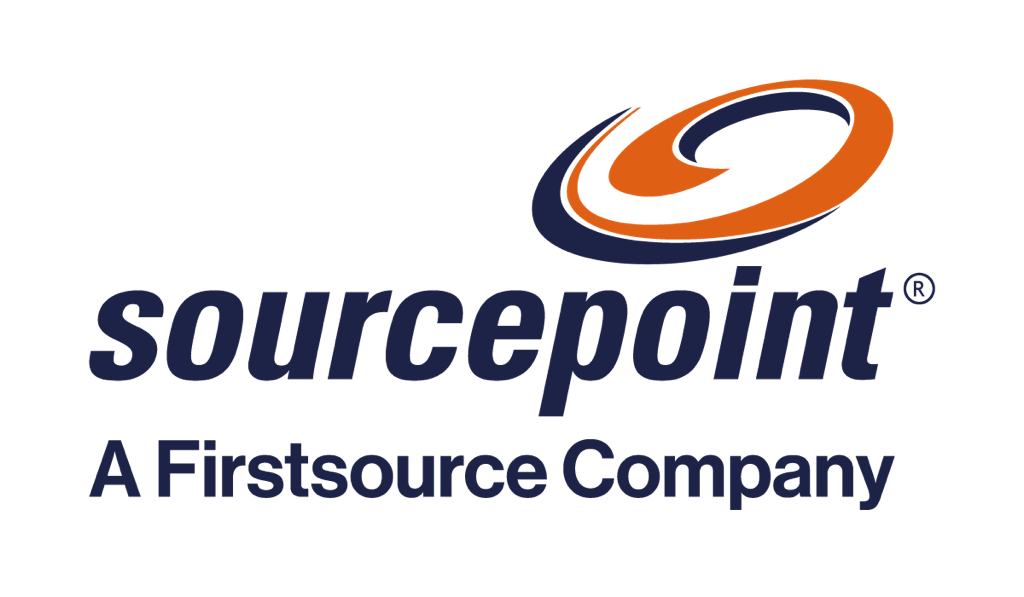Providers Can Reduce Administrative Burden and Improve Productivity With AI Tools to Mitigate Labor Shortages
Providers Can Reduce Administrative Burden and Improve Productivity With AI Tools to Mitigate Labor Shortages
Labor shortages continue to be one of health care’s main storylines. Projections from the National Center for Health Workforce Analysis show shortages in a wide range of clinical positions, from anesthesiology to primary care clinicians to registered nurses from now until 2036. Mercer, a large human resources consultancy, projects a shortage of more than 100 000 health care workers by 2028, on top of increasing competition for talent in lower-wage positions.









